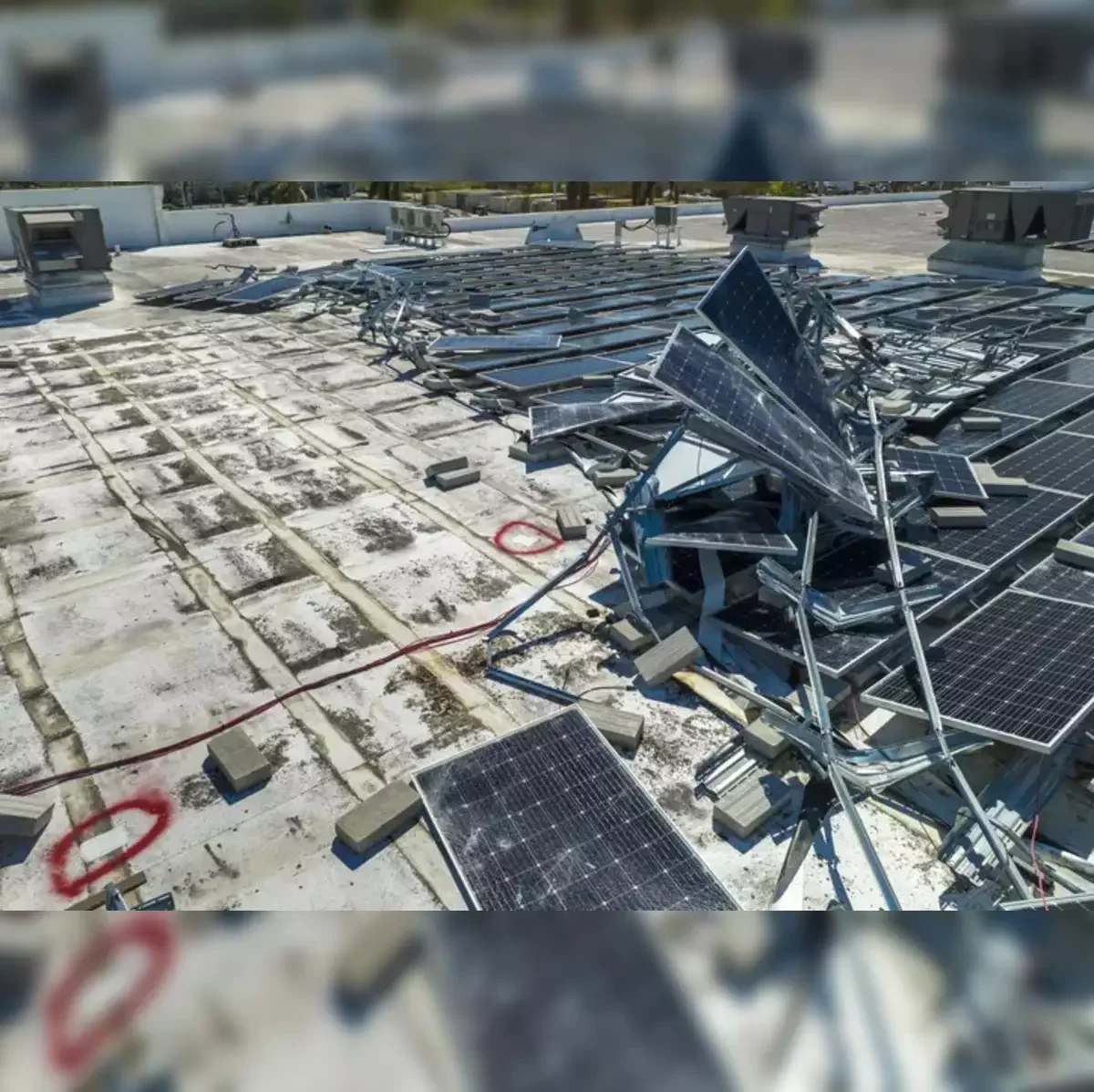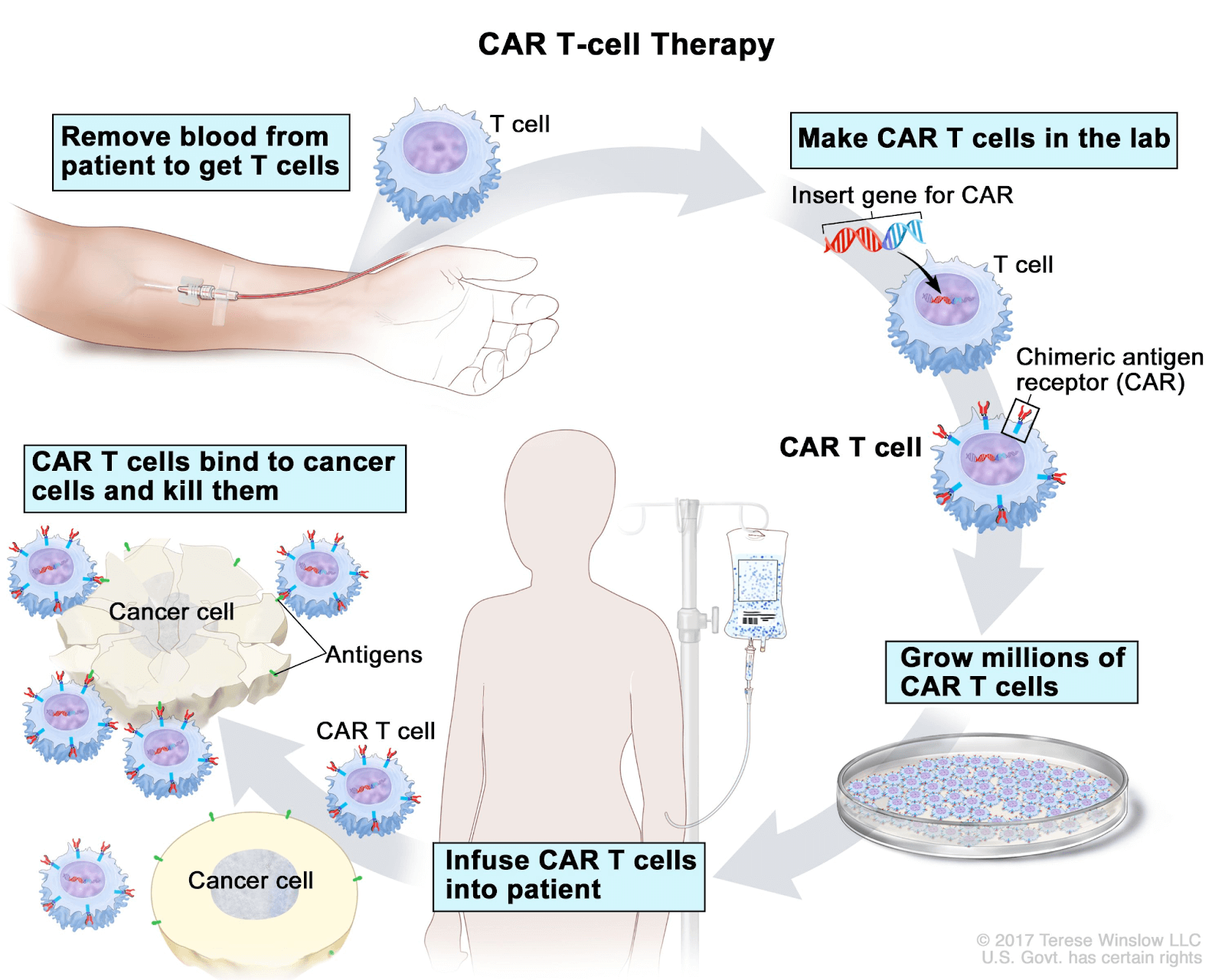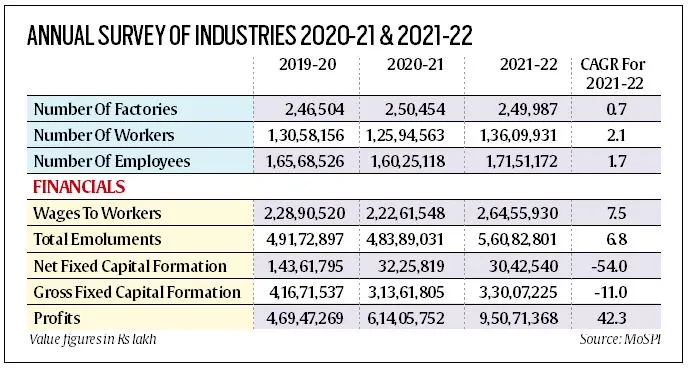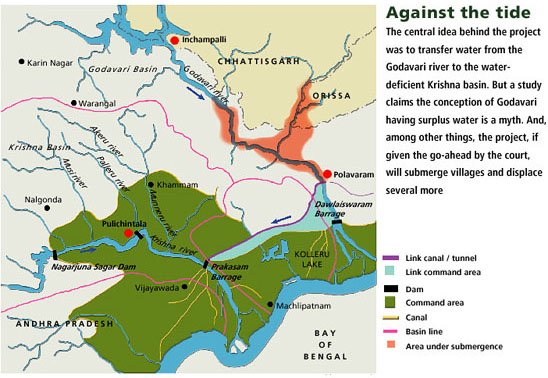
Inland Waterways
Subscribers of "Current Affairs" course can Download Daily Current Affairs in PDF/DOC
Subscribe to Never Miss an Important Update! Assured Discounts on New Products!
Must Join PMF IAS Telegram Channel & PMF IAS History Telegram Channel
- Context (PIB): The Minister of Ports, Shipping, and Waterways chaired the First Inland Waterways Development Council Meeting, organized by the Inland Waterways Authority of India (IWAI).
Outcomes in the Council
- ‘Harit Nauka’ Guidelines and ‘River Cruise Tourism Roadmap 2047’ were launched.
- The Ministry has set a bold objective to elevate the modal share of Inland Water Transportation (IWT) from the current 2% to 5%, aligning with the goals outlined in Maritime India Vision 2030.
- The Ministry also aims to substantially increase the existing IWT cargo volume from approximately 120 MTPA (millions of tonnes per annum) to over 500 MTPA.
Inland Waterways Development Council
- The council was established in October 2023.
- Objective: Comprehensive development of inland waterways and Inland Water Transport (IWT) ecosystem for improved cargo efficiency, passenger movement, and river cruise tourism.
Maritime India Vision 2030
Inland Waterways Authority of India
|
What are Inland Waterways?
- Inland waterways are navigable water bodies located within the boundaries of a country, typically away from coastal areas.
- India has about 14500 kilometres of navigable waterways. Despite this, Inland waterways remain underutilized at a share of 2% in India’s modal mix, compared to 35% in Bangladesh.
- The National Waterways Act, 2016, has identified 111 navigable water courses and declared them “national inland waterways”.
Benefits of Inland Waterways
- Cost-effective: According to WB, inland waterways in India are 60% cheaper than road transport and 20-30% cheaper than rail transport.
- Fuel efficiency: Its energy consumption per km/ton of transported goods is approximately 17% of that of road transport and 50% of rail transport.

- Being labor-intensive in nature, it can create employment for personnel for river conservancy & development activities, operation & maintenance of terminals, manning inland vessels, etc.
- Ecologically sustainable: A study by the World Bank found that inland water transport emits 10 times less carbon dioxide per ton-kilometer compared to road transport in India.
- Other advantages: Does away with the tiring land acquisition process, leads to the development of tourism along the waterways, and provides boost to associated industries like shipbuilding.
Challenges with Inland waterways
- Navigational hazards like shallow waters and narrow width of the channel during dry weather, siltation, bank erosion, absence of infrastructure facilities like terminals & inadequacy of navigational aids.
- Environmental concerns: Dredging activities, construction of barrages, and channelization of rivers, which can impact the ecological balance, water quality, and aquatic life in the surrounding areas.
- Limited intermodal connectivity between inland waterways, roads, and railways restricts seamless movement of cargo and passengers, hindering the full potential of multimodal transport.
- Issues of Inter-state coordination in jurisdiction, regulations, taxation, & administrative procedures.
- Water variability: Diversion of water for irrigation, industrial and other needs reducing the flows in the rivers resulting in the reduction of depth and shoal formation.
- Excessive silt loads from erosion of uplands due to bad catchment management and increased deforestation.
- Inadequate vertical and horizontal clearances for plying vessels of economic size in many traditional waterway routes.
- Lack of adequate terminal facilities at the loading and unloading points being non-existent and where existent being inadequate.
- Other issues: Challenges associated with land acquisition for infrastructure development, resettlement and compensation, lukewarm private sector participation, & lack of waterways governance framework.
SWOT Analysis of IWT

Way Forward
- Infrastructure development by developing terminals, jetties, and navigation aids, and ensuring proper dredging and maintenance of waterways.
- Integration with Multi-Modal Transport like roads, railways, and coastal shipping. E.g. Multimodal terminal at Varanasi, connecting National Waterway 1 with the Eastern Dedicated Freight Corridor has been developed.
- Revival/operationalization of obsolete jetties to attract private sector participation.
- Moratorium on levy and collection of waterway usage charges for initial period of 3 years.
- Design of low-cost and shallow-draft vessels and introduction of navigational aids for improving the economics of IWT.
- Smaller floating jetties to be monetized through manning contracts.




![PMF IAS Environment for UPSC 2022-23 [paperback] PMF IAS [Nov 30, 2021]…](https://pmfias.b-cdn.net/wp-content/uploads/2024/04/pmfiasenvironmentforupsc2022-23paperbackpmfiasnov302021.jpg)










